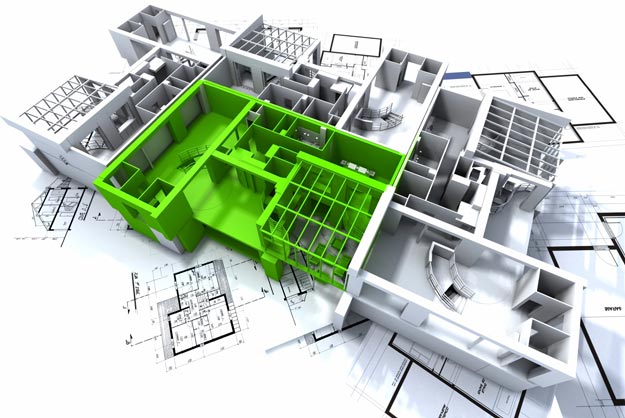
As years gone by, the future of construction technology seems to be brighter– there’s a lot to look forward to. Not only does technology provide more jobs in the construction industry, but it has also definitely helped a lot of people live a better life.
In the construction industry, technology can be observed in smart traffic cones, intelligent goggles, intelligent vests, and the like. On the other hand, condos in critical cities are also taking advantage of what technology has to offer.
It has provided people with an alternative way of living– aside from official residences a lot of people are accustomed to. As more and more buildings are being built, the industry makes it a point to keep track with the latest technologies that could improve the quality of life of everyone. This is where sustainable construction technology enters the scene.
Here are some of the sustainable construction technologies available in the market today.
Cool Roofs
Cool roofs are a type of sustainable construction technology that reflects heat and sunlight away. It also helps in keeping homes and buildings at the standard temperature as it lowers the heat absorption, as well as thermal remittance.
Most cool roof designs utilize reflective paints and individual tiles that absorb less heat and reflect away most of it. For that reason, cool roofs could even reduce temperature by as much as 50 degree Celsius during summer. Through this, the need to use the air conditioner during summer would be minimized, leading to a decrease in cumulative greenhouse gas emissions.
Indoor Environment Technologies
Health and safety are critical. That’s why construction workers make it a point that the occupants would always stay safe, and to ensure that, they should pay considerable attention to how the building or home is being designed.
Sustainable indoor technologies are crucial in green construction. That means the materials used should comply with green safety standards, which includes being free from hazardous elements, low-volatile emissions, moisture resistant, and only non-toxic materials were used.
One great example of which would be the use of wood, bamboo, or cork building materials because they are naturally sourced, which also means they are free from any toxic elements that could be carcinogenic or irritating. Using materials with low VOCs is one of the best ways to enhance IAQ while limiting the exposure to health-threatening chemicals, like lead, vinyl, and phenol-formaldehyde.
Self-powered Buildings
The shift to zero-energy construction won’t take place without this. These buildings aren’t only energy-friendly, but also offer the right power to cover their energy needs, and if there’s an excess, this is returned to the power grid. Here, wind and solar power are considered to be promising technologies, and there are a lot of innovations that assist in improving this kind of technology even more.
For instance, skyscrapers serve as the perfect location for roof-mounted wind turbines– this has been possible due to the constant air currents at high altitudes, that allow these turbines to generate enough energy. It’s also worth noting that solar power is a widely evaluated way for buildings with a purpose of creating renewable energy.
Sustainable Resource Sourcing
Just like what the name suggests, this is an excellent example of sustainable construction technology as it ensures that the construction materials used were made from recycled products and proven to be environmentally friendly. In most cases, these are agricultural wastes that are turned into construction materials. Overall, the documents were re-manufactured, recycled, and obtained.
Low-Energy House and Zero-Energy Building Design
Sustainable construction technologies usually include mechanisms that can help in lowering energy consumption. For example, construction buildings with wood frames are considered a viable construction technology because it uses lower energy as compared to those that were made of steel or concrete. Sustainable green construction uses designs that cut back air leakage, and allow better flow of air, without using a lot of energy at all.
Overall, these sustainable construction technologies aim to reduce waste of energy, and our dependence on it. It promotes the use of readily available resources that aren’t harmful to the environment and could guarantee lifetime sustainability of the building. This includes the design, maintenance, repair, and even demolition.
To make this happen, a close collaboration of construction engineers is necessary, and this would ensure that the entire project would be completed efficiently.








Comments